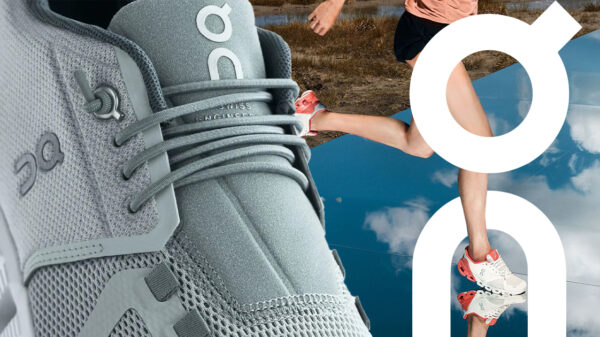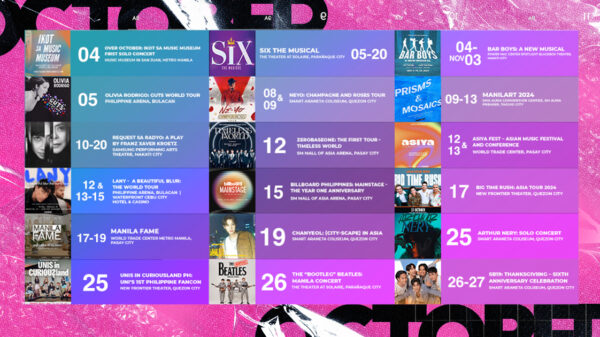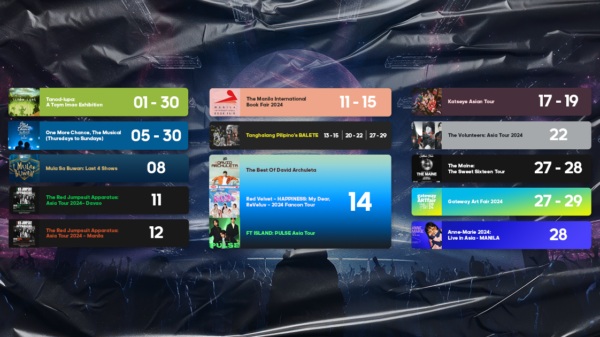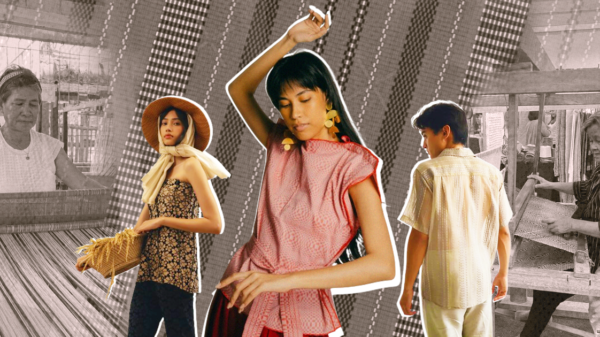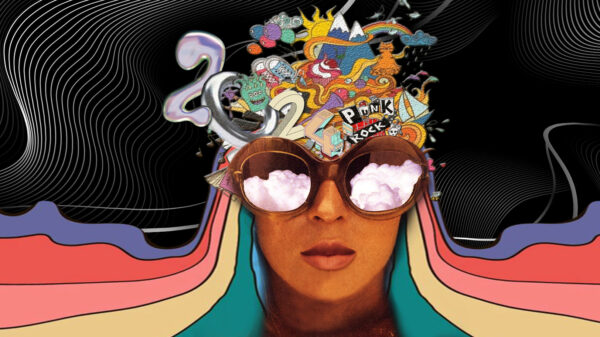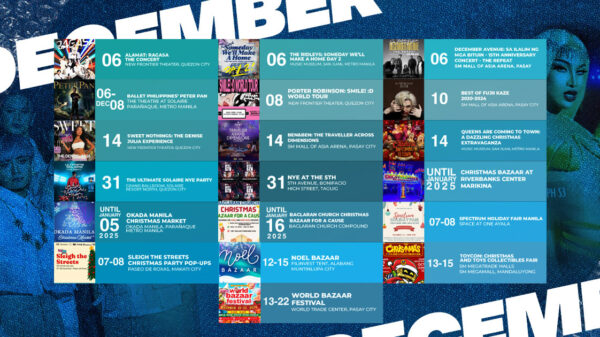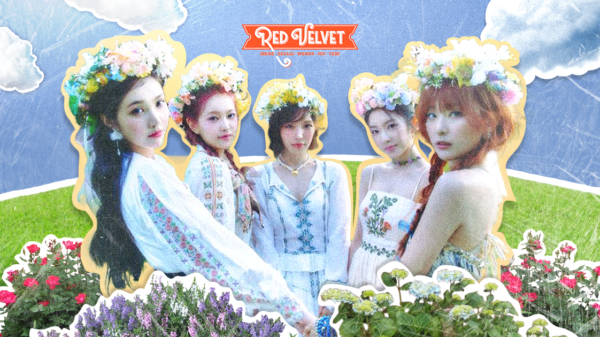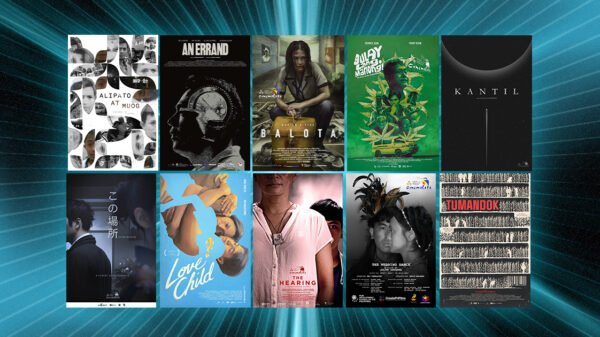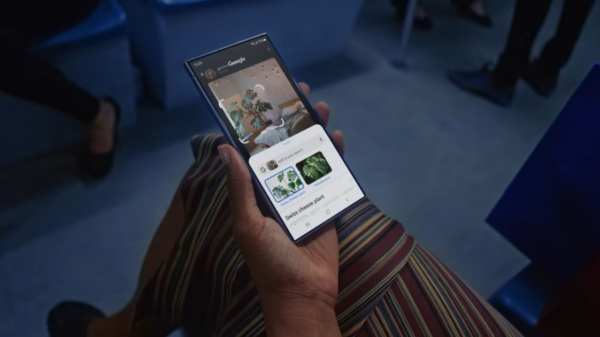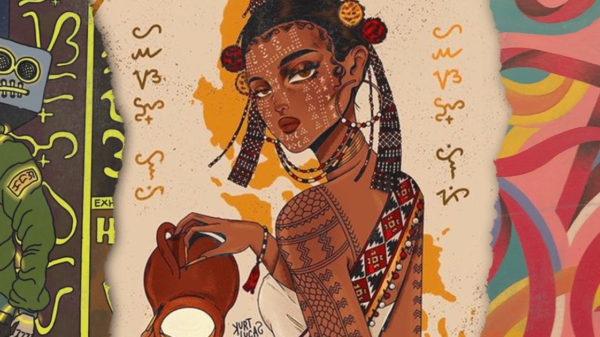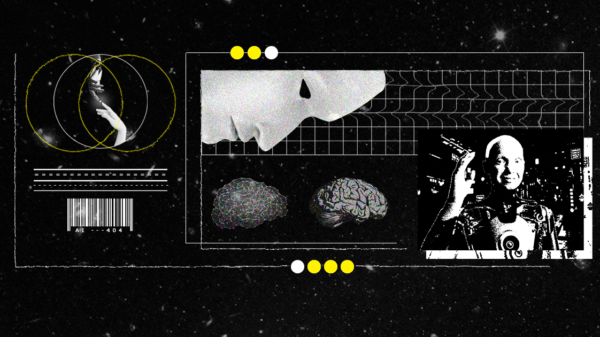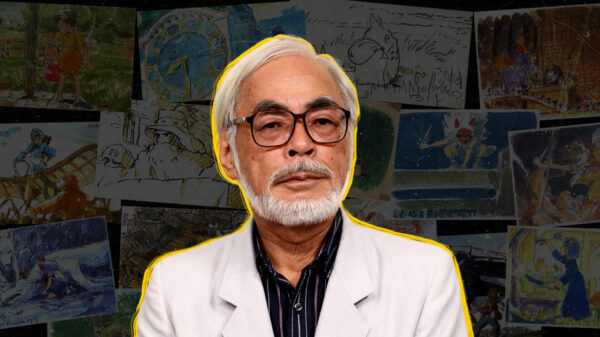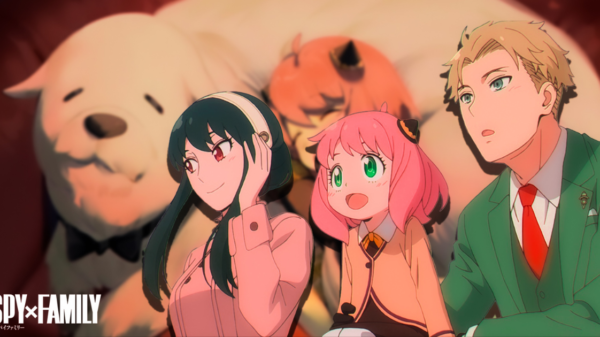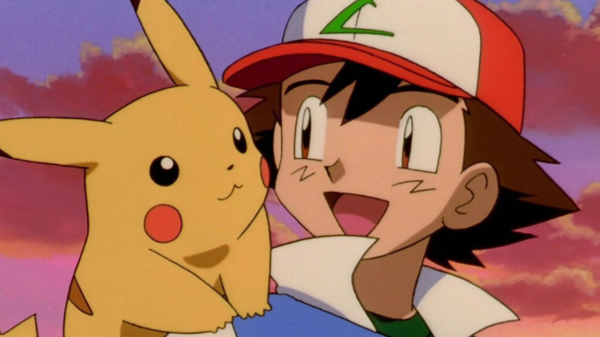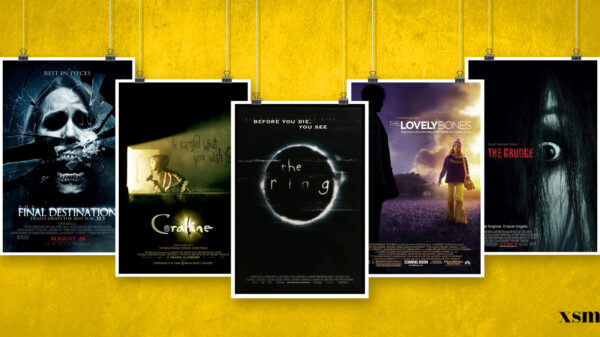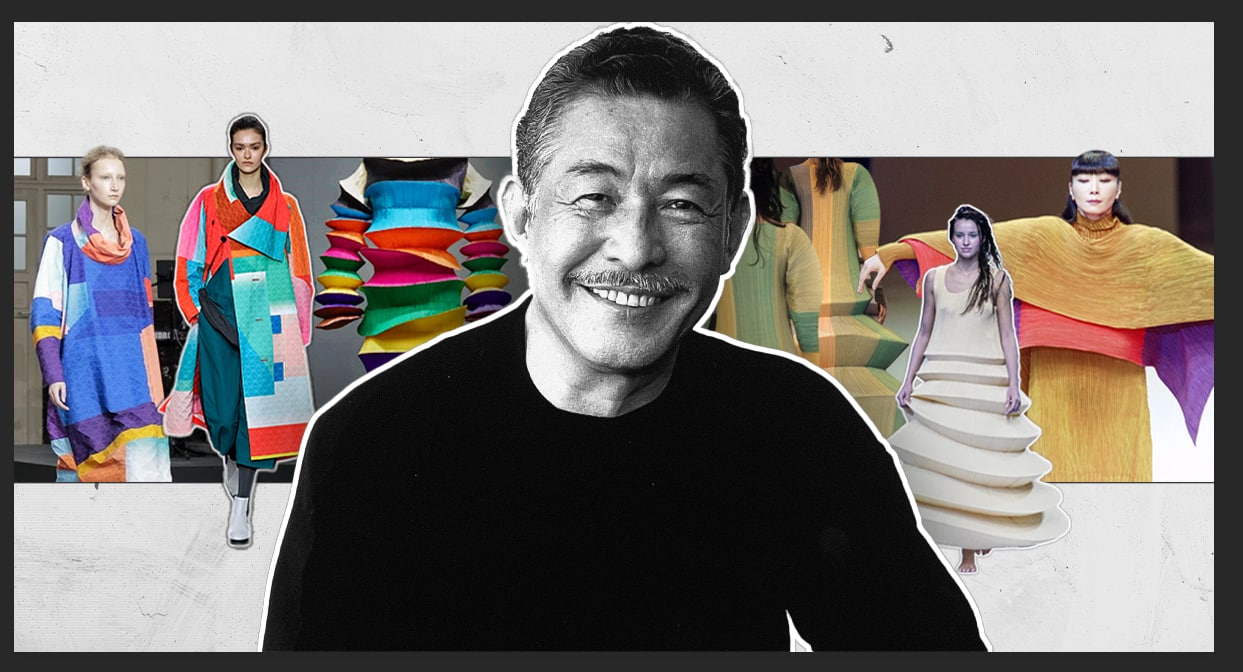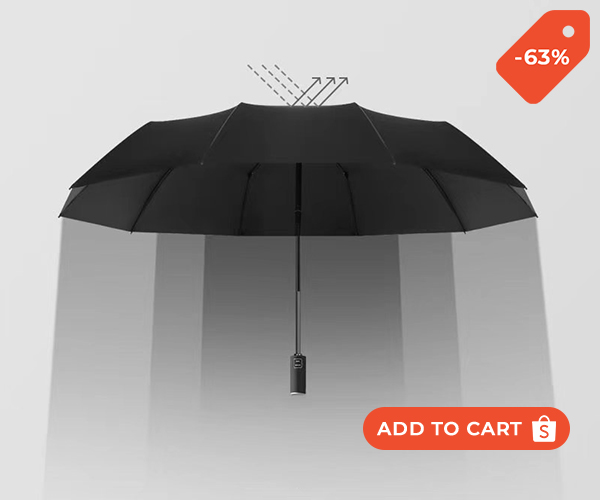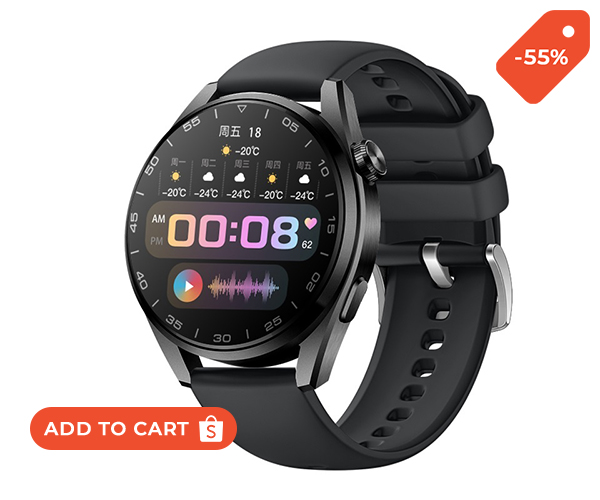Issey Miyake was one of the first Japanese designers to enter the European fashion world after a show in New York in 1971. During that show, the garments were big and flat, free of fabric, and had great freedom of movement, which we today call Issey Miyake’s ‘touch.’
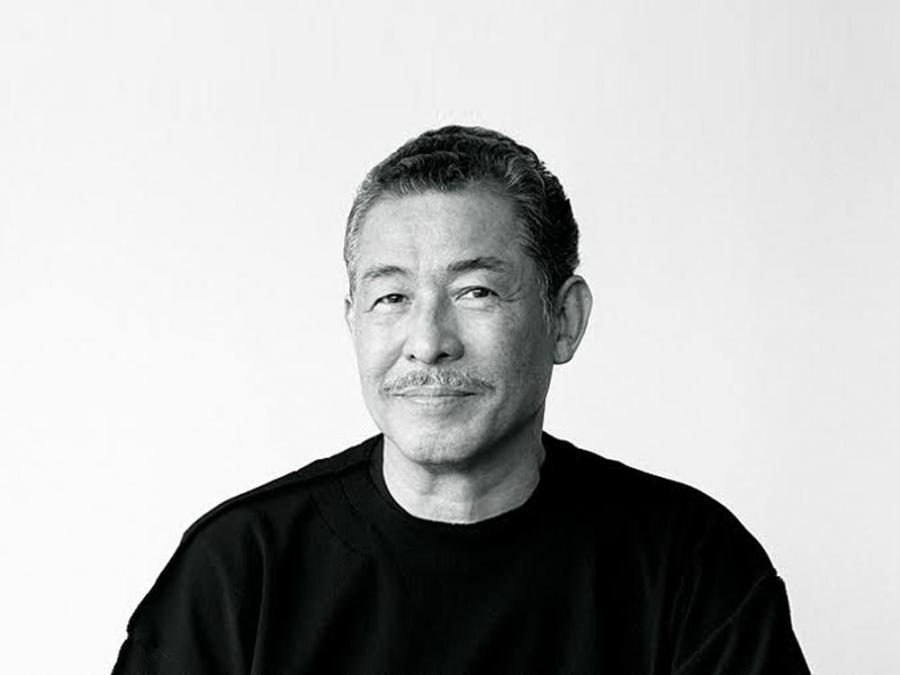
Issey Miyake makes his own fabrics, colors, and patterns to create lightweight garments that weigh just a few grams. Because Japanese fashion is as much about Western clothing as it is about Japanese fashion, Miyake’s work reflects this. Because of these technological advances, his work will be well known.
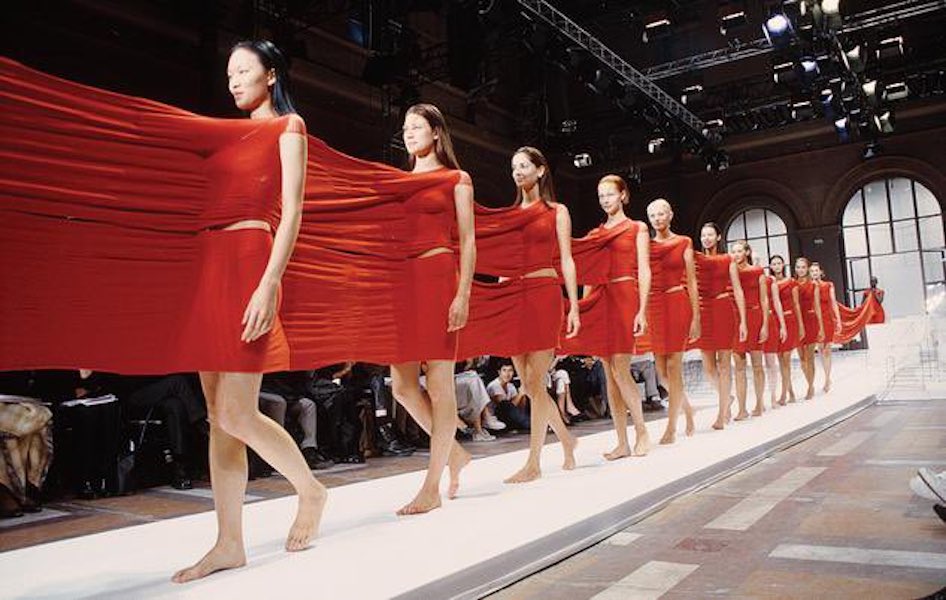
Miyake’s meticulously designed ready-to-wear lines turned him into a household name, and a great brand. Debuting in the early 1990s, the heat-pressed micro-folds of his Pleats Please was a breakthrough textile, very minimalist, elegant, durable, and extremely easy to care for. His more recent popular Bao Bao bags, launched as part of Pleats Please in 2000, brought engineering acumen and sculptural forms to totes and other daily accessories.
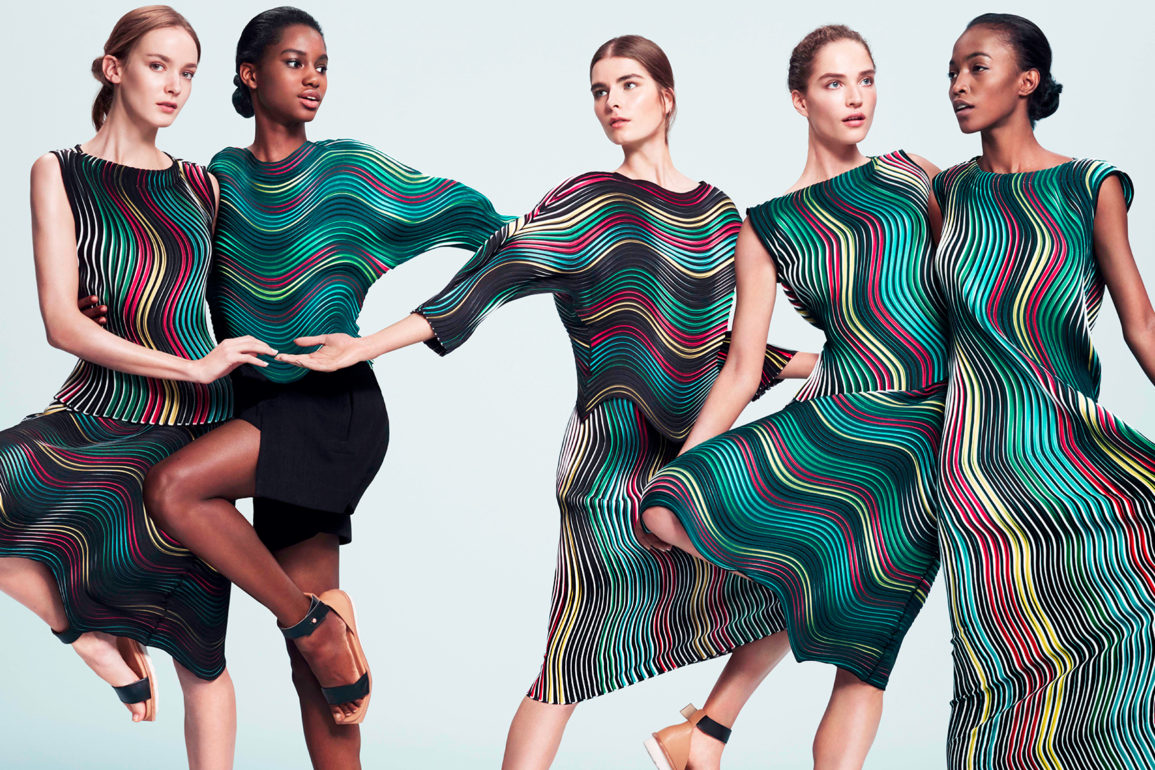
His designs were also heavily influenced by his life experiences. He was only seven years old when the atomic bomb hit his hometown of Hiroshima. Writing in the New York Times in 2009, Miyake explained how he turned these traumas into creativity. Despite the end result often being minimal and refined, the concepts behind Miyake’s clothing always came from a more avant-garde perspective.

Clothing was a commentary on what he saw around him – Kimonos and traditional Tanzen coats were displayed throughout his career.
Miyake play with fabrics that were almost forgotten in Japanese culture, using them to create his interpretation of everyday clothing.
Speaking on his legacy, the brand mentioned:
“Never one to embrace trends, Miyake’s dynamic spirit was driven by a relentless curiosity and desire to convey joy through the medium of design. Always a pioneer, Miyake both embraced traditional handcrafts but also looked to the next solution: the newest technology driven by research and development. He never once stepped back from his love, the process of making things. He continued to work with his teams, creating new designs and supervising all collections under the various Issey Miyake labels. His spirit of joy, empowerment and beauty will be carried on by the next generations.”
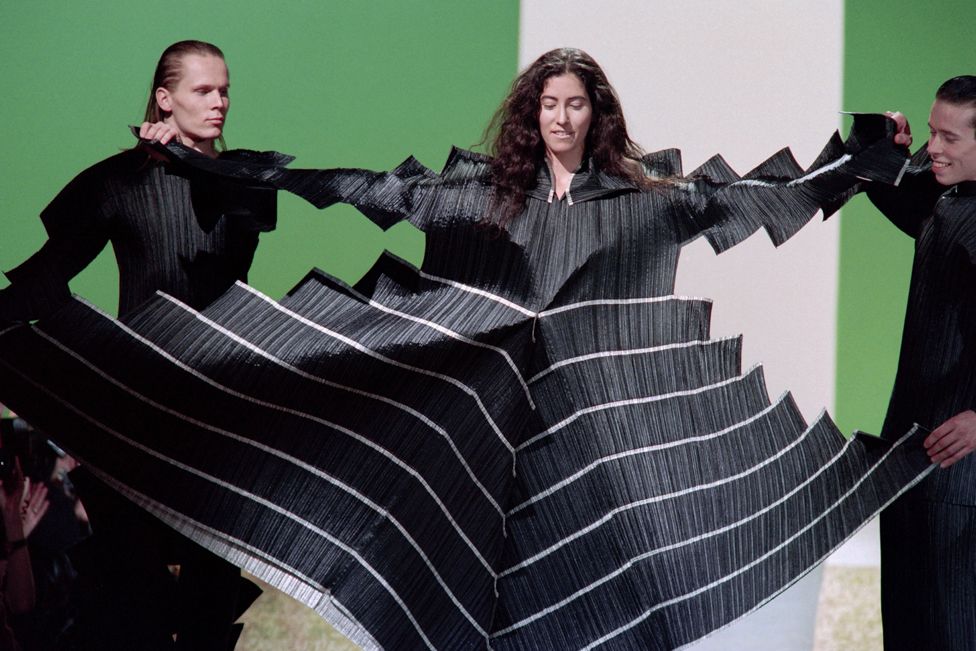
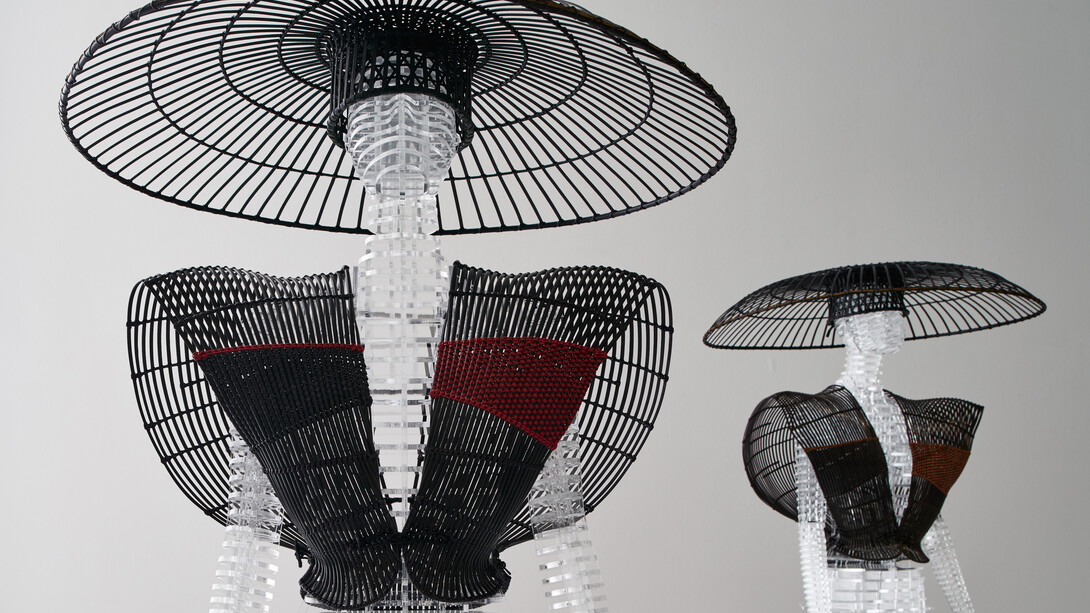
“For Miyake, it all began with one piece of thread and continued with the cooperation from districts and industry involved in production. He set up a group called the Reality Lab within the Design Studio to fuel his constant curiosity and need for research to address the demands of living in the 21st Century.”
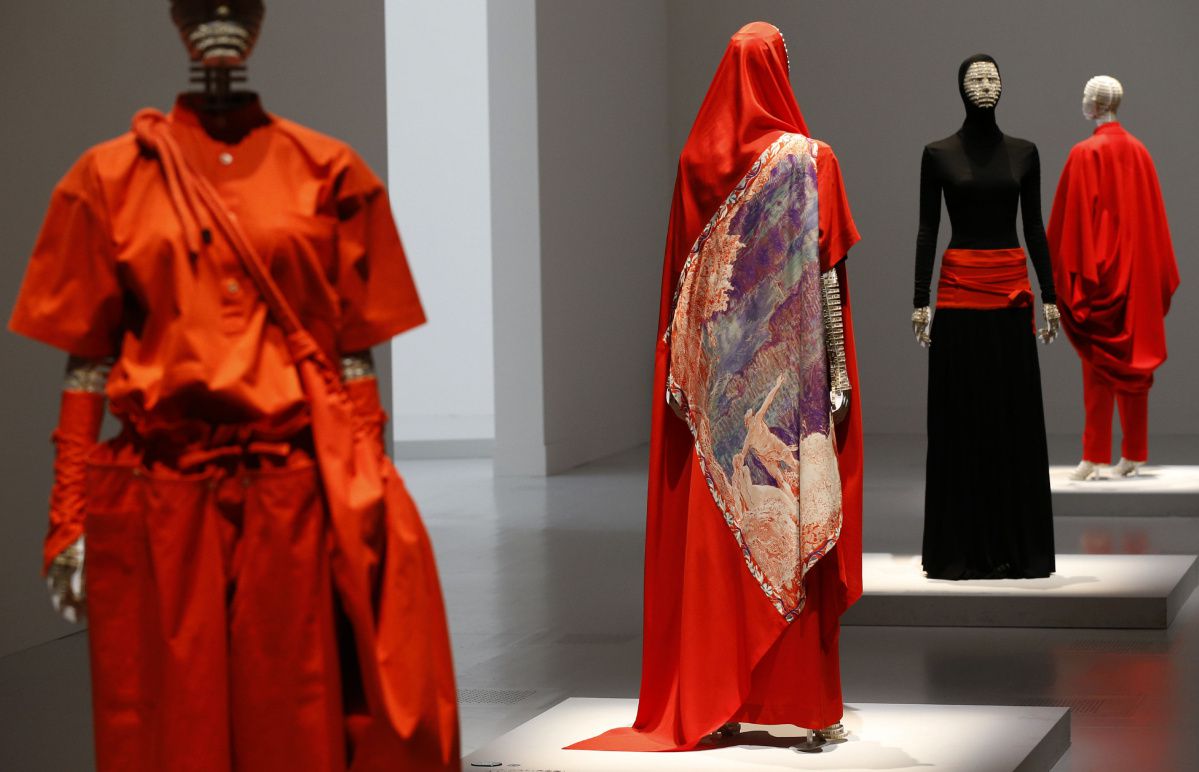
His legacy does not only live on but it continues to go from strength to strength. His passing has sent ripples through all corners of the creative industries





